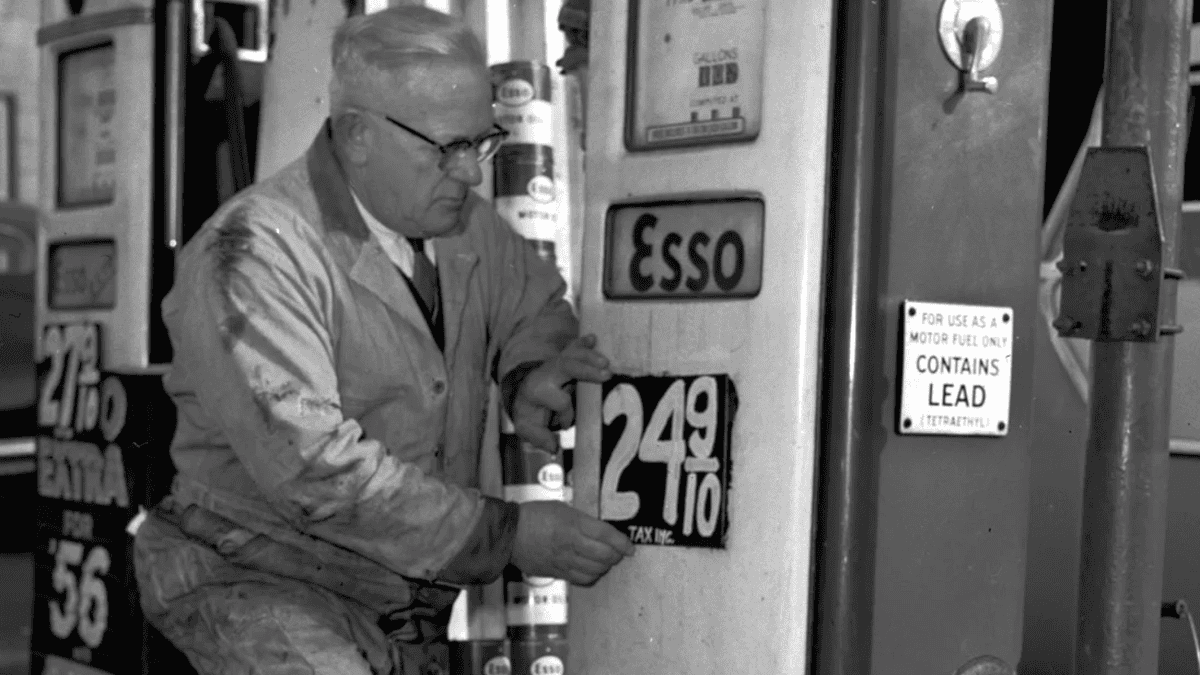Lung cancer is one of the leading causes of death across the world. While smoking and exposure to second-hand smoke have traditionally been seen as the main culprits behind the deadly disease, new research from The Lancet Regional Health Southeast Asia Journal tells that the causes are beyond tobacco use.
Written by a team of doctors, mainly from Tata Memorial Centre in Mumbai, the article, titled ‘Uniqueness of lung cancer in Southeast Asia’ revealed that a “substantial proportion of patients” with lung cancers are non-smokers.
The study’s findings emphasise that lung cancer in Southeast Asia, particularly in India, stands apart from cases in other regions. The genetic makeup of lung cancer in India is “shaped by the intricate diversity of its people,” the researchers said.
India ranks as Asia’s second-highest contributor to lung disease, with an alarming 72,510 cancer cases and 66,279 deaths recorded in 2020, according to the study.
What are the reasons behind lung cancer cases in non-smokers? Let’s delve into the details.
Air pollution
The study lists the rising air pollution among the major risk factors for lung cancer in non-smokers.
India, one of the world’s most polluted countries, has seen New Delhi ranked as the most polluted capital city globally for four consecutive years starting in 2018. Long-term exposure to particulate matter (PM) 2.5, asbestos, chromium, cadmium, arsenic, coal, and second-hand smoke at home significantly increases the risk of lung cancer, the study found.
A World Air Quality Report 2023 by Swiss organization IQAir states that around 1.33 billion people, or 96 per cent of India’s population, are exposed to PM2.5 levels over seven times the WHO’s annual guideline of 5 micrograms per cubic meter.
This severe air pollution has contributed to a rise in lung cancer incidence rates, which have increased from 6.62 per 100,000 in 1990 to 7.7 per 100,000 in 2019. A significant increase is expected in urban areas by 2025.
Climate change further exacerbates the situation.
Researchers, including those from the All India Institute of Medical Sciences (AIIMS), New Delhi, reported in another paper from the same series that South Asian countries such as China, India, Indonesia, the Philippines, and Thailand have been severely affected by natural disasters. These countries recorded the highest number of lung cancer cases in 2020, with over 965,000 new cases.
“As climate change continues to unfold, it magnifies the burden of lung cancer which is already a significant public health challenge in Asia,” the authors wrote.
The genetics factor
The study said factors like hormonal status, pre-existing lung disease, as well as genetic susceptibility, could contribute to the rising lung cancer incidence in never-smokers.
A study published on PubMed shows that mutations in genes such as EGFR (epidermal growth factor receptor) are more common in non-smokers with lung cancer. These genetic anomalies can lead to uncontrolled cell growth and tumour development, independent of external factors like smoking, a study conducted by the National Cancer Institute revealed.
The age factor
The study revealed that lung cancer tends to affect non-smokers in India up to a decade earlier than in many Western countries, with the average age of diagnosis ranging from 54 to 70.
One contributing factor is India’s relatively younger population. “The earlier age of presentation in India is likely to be a combination of the overall population pyramid structure in India (younger population, with a median age of 28.2 years; compared to the USA in which the median age is 38 years, and China, with a median age of 39 years),” the study noted.
Dr. Kumar Prabhash, one of the authors from Tata Medical Centre’s medical oncology department explained to The Times of India that, despite the lower proportion of cancer cases in India compared to the West, the absolute number is still significant due to the large population.
“The incidence rate of lung cancer in the US is 30 per 1,000, but it’s 6 per 1,000 in India. Given our huge population, however, even the 6 per cent works out to a huge number of patients,” he said.
The research also highlighted that the male-to-female ratio of lung cancer cases reflects higher tobacco use among men (42.4 per cent vs. 14.2 per cent among women) as well. This echoes the disproportionate tobacco use between the sexes.
High tuberculosis rate
Dr. Kumar Prabash explained to The Times of India that a unique aspect of India’s lung cancer issue is the high incidence of tuberculosis (TB).
He stated, “Diagnosis often gets delayed because of TB as both conditions mimic each other.” The authors of the study noted the difficulty in accessing new treatment modalities and molecules, saying, “Most treatments are developed abroad, and importing them adds to the cost.” The primary challenge, they emphasised, is early identification and initiation of treatment.
The study reinforces Prabash’s argument, stating, “Inequities in socioeconomic status and access to healthcare contribute to the differences in the lung cancer burden and mortality in low- and middle-income countries.” Additionally, Dr. Prabash pointed out, “Barely 5 per cent of lung cancer patients seek help in time for surgical help. We need to increase this number to at least 20 per cent like in the West.”
With input from agencies

)





